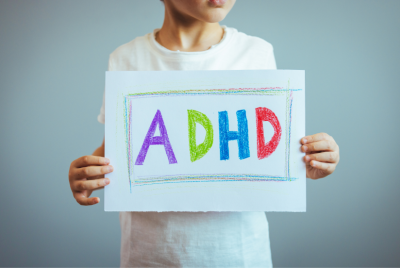Celiac Disease in Children: Unraveling the Wheat Mystery
Is your child experiencing unexplained digestive troubles? Celiac disease in children might be the elusive culprit you’ve been searching for! This comprehensive guide dives deep into the world of celiac disease, focusing on its impact on children. From deciphering symptoms to practical tips for managing the condition, we’ve got you covered.
Understanding Celiac Disease in Children
Celiac disease in children is an autoimmune disorder triggered by the consumption of gluten, a protein found in wheat, barley, and rye. When a child with celiac disease ingests gluten, their immune system goes haywire, attacking the lining of the small intestine. This can lead to an array of uncomfortable symptoms and, if left untreated, result in nutrient deficiencies and long-term health complications.
Spotting the Telltale Signs
Detecting celiac disease in children can be tricky, as the symptoms often mimic those of other conditions. Keep an eye out for:
- Digestive Distress: Chronic diarrhea, constipation, bloating, and stomach pain can all signal celiac disease in children.
- Growth Hiccups: Is your child’s growth stunted? Celiac disease might be to blame. Poor nutrient absorption can hinder proper growth.
- Skin Shenanigans: Skin rashes, like dermatitis herpetiformis, are more than just a nuisance. They might point to underlying celiac disease.
- Fatigue and Irritability: Is your little one unusually tired or cranky? Celiac disease can zap energy and affect mood.
- Nutrient Deficiencies: Low levels of iron, calcium, and other vital nutrients might indicate celiac disease’s interference with absorption.
Diagnosing the Culprit
Diagnosing celiac disease in children requires a multi-step approach:
- Blood Tests: Blood tests measuring specific antibodies can hint at celiac disease. Elevated levels signal potential issues.
- Genetic Testing: Genetic markers linked to celiac disease can aid in diagnosis, but they’re not conclusive proof.
- Biopsy: The gold standard for diagnosis. A small intestine biopsy confirms damage caused by celiac disease.
Navigating the Gluten-Free Terrain
Once your child receives a celiac disease diagnosis, the immediate next step is embracing a gluten-free lifestyle. This means steering clear of wheat, barley, and rye. But fear not – the gluten-free landscape has vastly improved, with a wide range of tasty alternatives available, from gluten-free bread to pasta and even desserts.
Mastering the Gluten-Free Diet
Adhering to a gluten-free diet might seem daunting, but it’s all about education and creativity:
- Read Labels Religiously: Gluten can lurk in unexpected places like sauces and seasonings. Always read labels meticulously.
- Home Cooking Adventures: Opt for home-cooked meals to ensure complete control over ingredients. Explore new recipes together!
- Empower Your Child: Teach your child about safe and unsafe foods. This knowledge will empower them to make smart choices.
FAQs About Celiac Disease in Children
Q1: Can children outgrow celiac disease?
A1: No, celiac disease is a lifelong condition. Once diagnosed, it requires a strict gluten-free diet indefinitely.
Q2: Is a small amount of gluten safe?
A2: Even tiny amounts of gluten can trigger immune responses in children with celiac disease. Strict avoidance is key.
Q3: How can I ensure my child gets enough nutrients?
A3: Consult a registered dietitian. They can guide you in creating a balanced, nutrient-rich gluten-free diet.
Q4: Are there any long-term risks of untreated celiac disease?
A4: Yes, untreated celiac disease can lead to osteoporosis, anemia, and an increased risk of certain cancers.
Q5: Can celiac disease affect a child’s school life?
A5: Absolutely. Educate teachers and school staff about your child’s condition. Pack safe snacks and meals for school.
Q6: Is it hereditary?
A6: Yes, celiac disease has a strong genetic component. If a family member has it, other family members might be at risk.
Embracing a Gluten-Free Future
While celiac disease in children requires adjustments, it’s not a life sentence to blandness. Nowadays, the gluten-free market is vibrant, offering a plethora of delicious options that cater to diverse tastes. With proper education, support, and a positive outlook, your child can navigate the challenges of celiac disease and enjoy a fulfilling, gluten-free life.
So remember, if you suspect your child might be battling celiac disease, don’t delay. Early diagnosis and a gluten-free lifestyle can pave the way for a healthier, happier future. Your child’s journey to wellness starts with understanding, compassion, and a commitment to their well-being.




